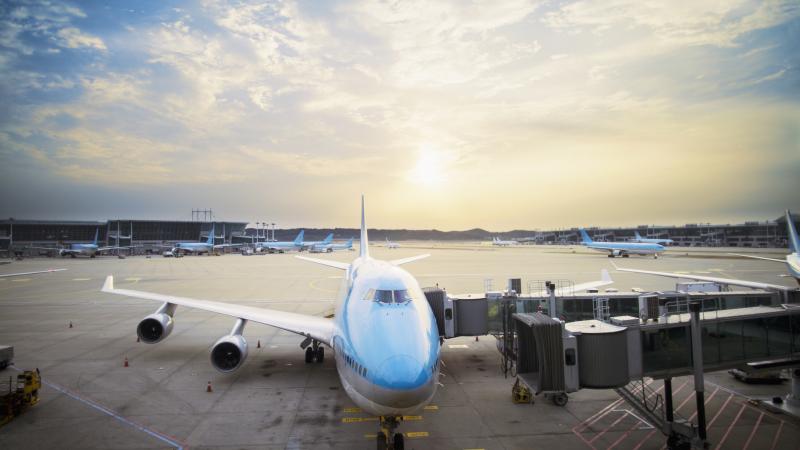Washington state traffic fatalities up by 51% since 2019
Reasons given for the increase vary, ranging from fallout among law
The number of annual traffic fatalities in Washington state has jumped from 528 in 2019 to 810 in 2023, a 51% increase since 2019, according to the Washington Traffic Safety Commission.
The reasons given for the increase vary, ranging from fallout among law enforcement staffing via the defund the police movement in 2020 to increased substance abuse amongst drivers.
Both the WTSC and the Washington State Patrol last year made public statements about the rise in traffic fatalities that made 2023 the deadliest since 1990. At the time of the statements in August 2023, there were 417 traffic fatalities, little more than half of the annual total.
While deaths by police pursuit in the past have hogged the political spotlight despite being statistically insignificant in comparison, commission staff have described the state’s traffic fatalities as a “safety crisis.”
WTSC Director Shelly Baldwin noted at the WTSC’s Thursday meeting that “our increase is kind of across the board,” but also “Washington is … kind of really an outlier by itself” among the states.
“Motorcycles [fatalities] has reached a high that they've never seen before historically,” she said.
Speculation as to why traffic fatalities increased varied. Mason County District Court Judge George Steele, who represents the District and Municipal Court Judges' Association on the commission, told colleagues that “a lot of pressure on policing started in 2020. Police departments had trouble filling their ranks. In my county … there was a period of time almost every DUI case that came across my bench was responding to an accident. Driver went off the road. [I] sometimes joke with people if we just get rid of ditches, we wouldn't have any more problems. Ditches seem to be catching a lot of drunk drivers.”
He added that “there's not enough people out there. I think it's pretty clear that enforcement has suffered during all this time. Lack of people are available to take the jobs, fill the, fill the ranks of what had to and, as a result, in case they're not being enforced, you're going to get more of the behavior. If you don't look at that part of it, you're not to be having a whole lot of success and making inroads into that problem.”
WSTC Distracted Driving Program Manager Janine Koffel remarked that “I think a fundamental challenge that we face with speed management is the lack of perception of risk by drivers, perception of risk that they're going to get a ticket. If they're going to get stopped for speeding and that they'll get a ticket, they have a low perception of risk for serious injury or fatal crashes.”
She said a statewide survey they conducted found that 78% of drivers admitted driving at 10 miles per hour or more over speed limits within a month’s time.
“We need to work cooperatively to determine strategies and messaging that…really pivot the perception of risk in relation to speed risk,” she said. “That's where enforcement plays a critical role. We need citations for everyone, soccer moms, and all.”
Another fallout from 2020 has been increased use of substances such as alcohol or cannabis by drivers, according to WTSC External Relations Director Mark McKechnie. At the same time, he said there are a lot of drivers who are able to get a license without going through a driving education course.
“If they haven't had that basic education as their foundation on what the rules of the road are and how to drive safely and how to understand those risks from speeding and other behaviors, then it's hard to remind them of something that they may not have learned well in the first place,” he said.
He added that “we need more sidewalks and protected bike lanes and we need infrastructure that encourages people to slow down.”











